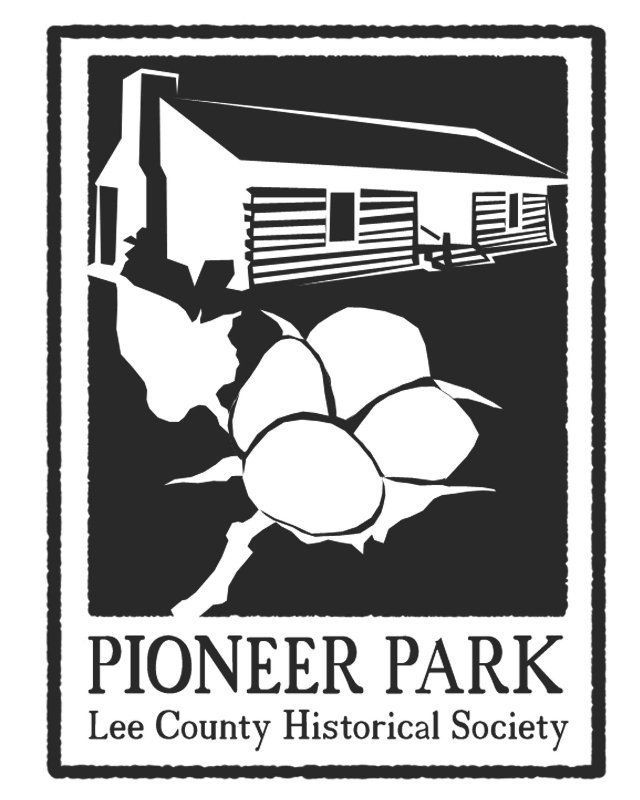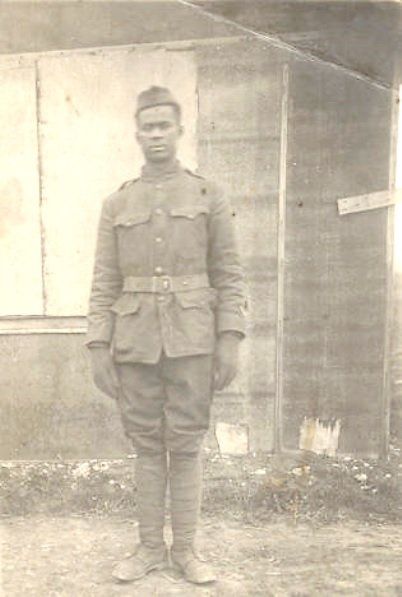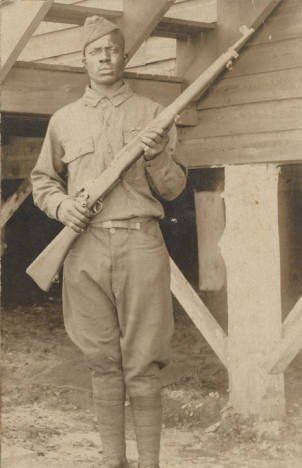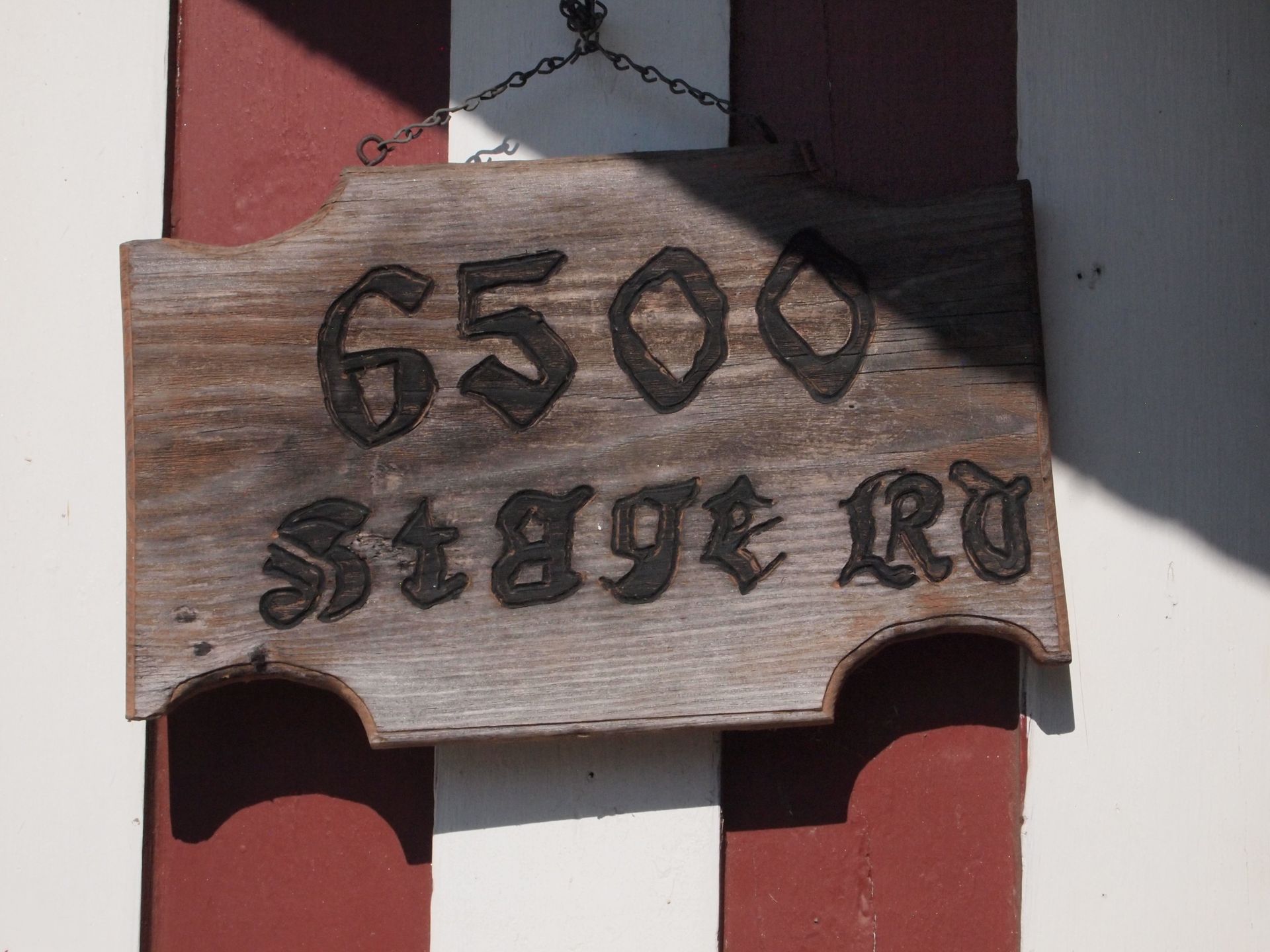Join Us for Second Saturdays at Pioneer Park: Days of History, Culture, and Community
Second Saturdays at Pioneer Park: Museums, Gardens, and Homestyle Charm
Are you ready to step into the past and experience a day filled with history, culture, and community? Look no further than Pioneer Park, the grounds of the Lee County Historical Society, nestled in the heart of Loachapoka, Alabama. Every second Saturday, the park comes alive with a vibrant array of events, offering a dynamic and immersive experience for visitors of all ages.
What to Expect on Second Saturdays
The festivities kick off at 9 am, as the park opens its doors for exploration. Museums, historic buildings, and charming log cabins await your discovery, providing a glimpse into the rich history of the area. For enthusiasts of traditional craftsmanship, witness the artistry of blacksmiths at work and the intricate world of spinning and weaving.
Guided tours of six history-related gardens start at 9 am, allowing you to delve into the botanical side of the region's heritage. Arts and crafts activities are available for those with an artistic inclination, while children can participate in specially designed activities. The History Seekers 4-H Club engages young minds from 9:30 a.m. to 11:30 a.m.
At around noon, a friendly dinner bell rings at the cookhouse, inviting volunteers and park guests to gather for a homestyle meal. The Lee County Historical Society welcomes everyone to enjoy the meal for a donation—a delightful way to share stories, savor good food, and support our community's history.
As the day progresses, the park resonates with the melodic tunes of afternoon dulcimer and acoustic instrument jams, providing a delightful blend of history, culture, and entertainment for all who attend.
Who is Invited? Everyone!
Pioneer Park warmly invites individuals of all ages and backgrounds to attend their Second Saturday events. Whether you're young or old, everyone is welcome to explore the grounds of the Lee County Historical Society, engage in hands-on history, witness artisan demonstrations, and enjoy the cultural experiences offered at Pioneer Park. It's an inclusive and enriching gathering for individuals, families, and the broader community.
When and Where
On Second Saturdays, Pioneer Park is open from 9 am to 3 pm, inviting you to make the most of the day's offerings. You can find Pioneer Park at 6500 Stage Road, Loachapoka, Alabama 36865.
Don't miss the chance to immerse yourself in the history and charm of Lee County. Join us at Pioneer Park for Second Saturdays—a day to remember!
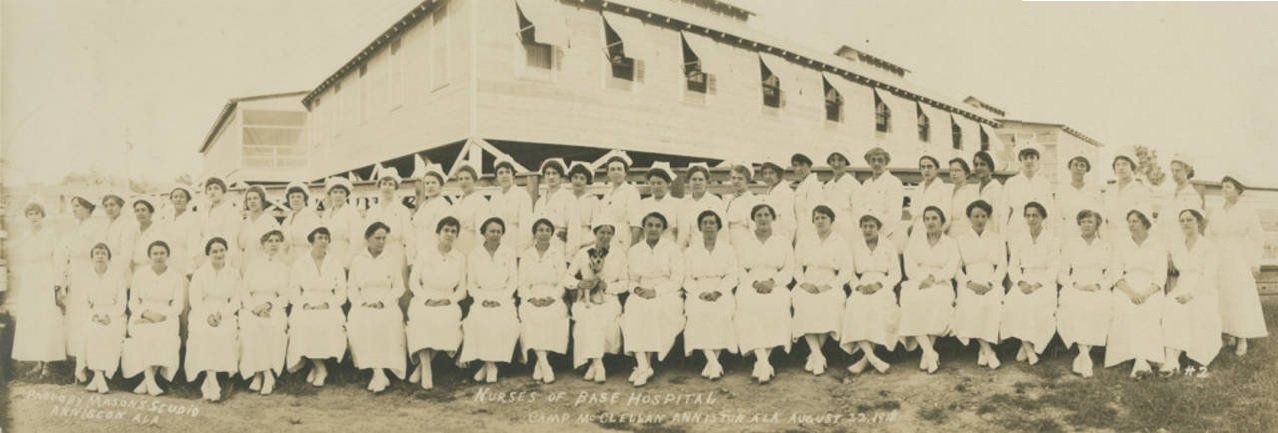
New Paragraph
New Paragraph
New Paragraph
New Paragraph

